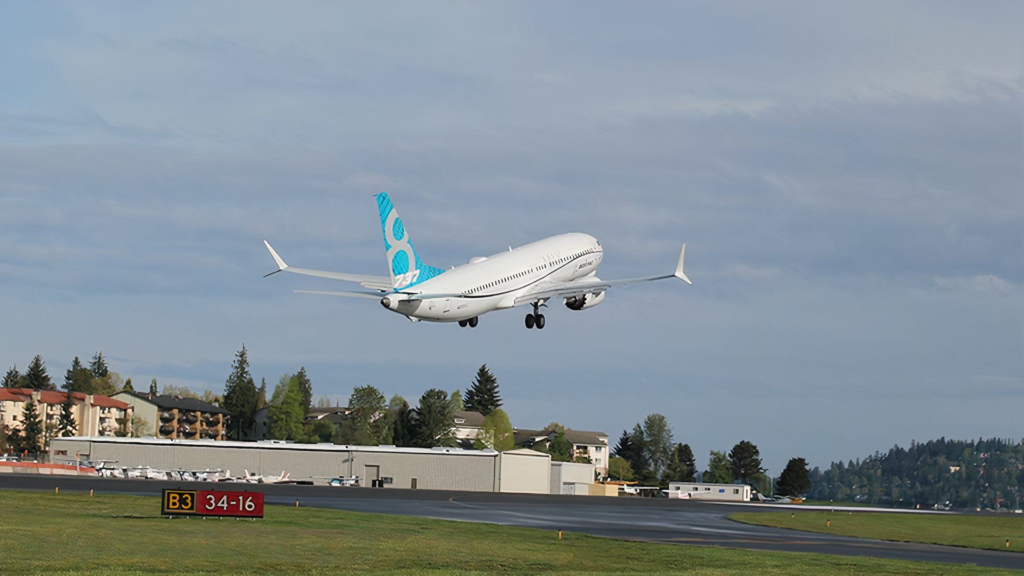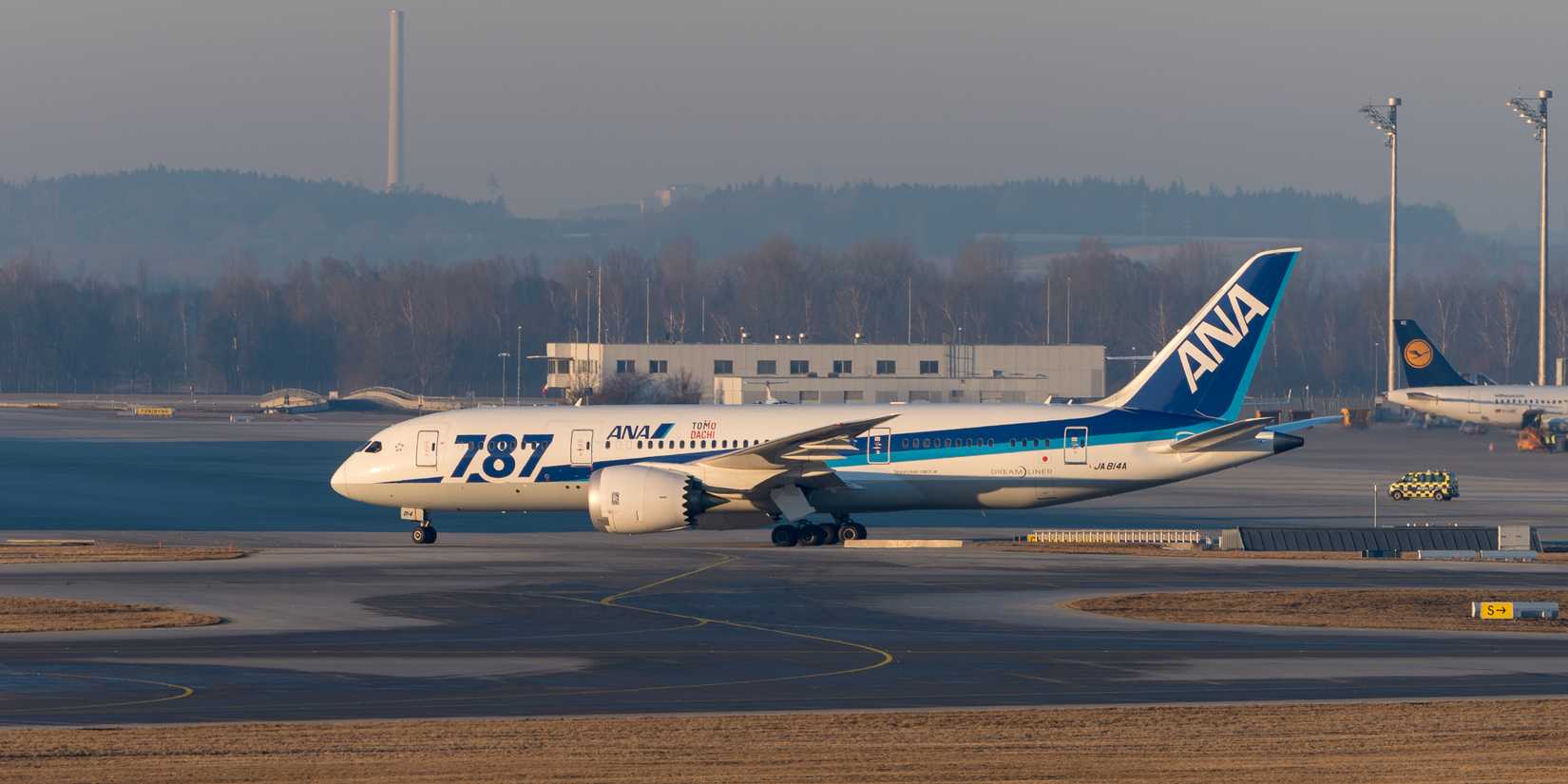In recent years, Boeing’s delivery and production patterns have reflected a litany of problems. Fatal crashes in 2018 and 2019 resulted in the grounding of 737 MAXs, leaving airlines awaiting delivery without the aircraft they had been promised. Further issues came in 2024 following the detachment of an Alaska Airlines 737 MAX 9’s door plug mid-flight. In response, the Federal Aviation Administration decided to cap Boeing 737 MAX aircraft production at 38 per month, allowing it to impose an oversight process. Much of the same can be said of the 777X, which has not yet been delivered to any airlines.
- Launch Customer(s)
-
Lufthansa
- Manufacturer
-
Boeing
- Aircraft Type
-
Narrowbody
- First Delivery
-
February 10, 1968
- Number Delivered
-
11,829
- Production Sites
-
Renton, Washington, United States
However, there are signs that things could turn around for Boeing. CNBC has reported that Boeing delivered its largest number of aircraft in a month during June at 60, the most since December 2023. This could increase further if Boeing can execute its plan to increase the FAA-imposed production limit, as discussed by Boeing CEO Kelly Ortberg during a call with analysts. In this article, learn more about the plan and whether it could have a tangible impact on 737 MAX production.
What Is Boeing’s Plan?
Boeing aims to build on its 35% increase in sales from April to June 2025, and a reduction in quarterly losses to $612 million to increase production of 737 MAXs from 38 to 42 per month. It then has further plans to increase to 47 deliveries a month. CEO Kelly Ortberrg claims that there is just one key performance indicator (KPI) left for Boeing to address before it expects the FAA to give approval, although he didn’t specify what that KPI is.
According to Aerospace America, Ortberg told analysts on a call: “We’ve got huge market demand, and we need to satisfy that demand, and the only way we’re going to do that is through these methodical rate increases. The priority is to keep it stable, build high-quality airplanes, and if we start to wobble, we’re going to stay at that rate until we get the production process stable.”
Ortberg names the planned increases in 737 MAX production as a sign that Boeing’s “recovery plan is taking hold” and that he is “making steady progress to stabilize our business.” Alongside the ambitious plan to demonstrate to the FAA that it should revise its imposed 737 MAX production limits, ![]() Boeing also aims to increase 787 Dreamliner production, currently limited to seven per month. The final element of the plan is to adapt to the new challenges and opportunities of the Donald Trump administration’s tariffs and trade deals. Ortberg drew particular attention to an agreement with Japan, from whom Boeing imports a great deal of equipment.
Boeing also aims to increase 787 Dreamliner production, currently limited to seven per month. The final element of the plan is to adapt to the new challenges and opportunities of the Donald Trump administration’s tariffs and trade deals. Ortberg drew particular attention to an agreement with Japan, from whom Boeing imports a great deal of equipment.
Overview Of The 737 MAX’s Turbulent Past
The 737 MAX was launched in 2011, intended as a low-risk update to the immensely successful 737 Next Generation, with promises to improve fuel efficiency by 14%. The manufacturer quickly accumulated over 5,000 orders. This total secured its legacy as the fastest-selling aircraft in history. Yet, the program was hit by a tragedy that would prevent it from reaching the heights imagined by Boeing. It was grounded for 20 months following the fatal Lion Air Flight 610 and Ethiopian Airlines Flight 302 crashes. Boeing had to halt its deliveries entirely, leaving it with a sizable backlog and no way to fill it.
The table below includes key specifications for each variant of 737 MAX, noting the key points of difference between each variant:
|
MAX 7 |
MAX 8 |
MAX 9 |
MAX 10 |
|
|---|---|---|---|---|
|
Typical seating |
153 |
178 |
193 |
204 |
|
Maximum takeoff weight |
177,000 lb (80,000 kg) |
182,200 lb (82,600 kg) |
194,700 lb (88,300 kg) |
197,900 lb (89,800 kg) |
|
Length |
116 ft 8 in (35.56 m) |
129 ft 6 in (39.47 m) |
138 ft 4 in (42.16 m) |
143 ft 8 in (43.79 m) |
|
Range |
3,800 nautical miles (7,000 km) |
3,500 nautical miles (6,500 km) |
3,300 nautical miles (6,100 km) |
3,100 nautical miles (5,700 km) |
|
Takeoff (at sea level with maximum takeoff weight) |
7,000 ft (2,100 m) |
8,300 ft (2,500 m) |
8,500 ft (2,600 m) |
Not yet known |
Regulators permitted the 737 MAX to return to service in 2020. Boeing could begin to fulfill its backlog and attempt to offset the $20 billion of direct costs it had accumulated. The first task was to address the 450 undelivered MAXs parked at Boeing locations across the United States. Further issues arose with the pandemic, as well as Boeing’s difficulties in meeting its challenges. Airline Ratings claim that Airbus delivered 566 commercial aircraft in 2020, compared with Boeing’s 157.
The Pressure To Increase Orders Is Increasing
Despite Boeing’s ongoing unreliability, airlines continue to place sizable orders, which increases the pressure on the manufacturer to significantly increase its output. In June 2025, Boeing booked 116 gross orders, according to CNBC. After cancellations and accounting adjustments, including the removal or addition of orders due to customers’ financial health, this resulted in a 70% increase in net orders.
The table below details the number of orders Boeing currently has unfilled for each of its aircraft families currently in production. The reduction included in the ASC 606 Adjustment row is due to the revenue recognition accounting standard and other factors that account for order backlogs exceeding Boeing’s contractual commitments. When the ASC 606 Adjustment reduction and all unfilled orders are taken into account, Boeing has a huge backlog of almost 6,000 aircraft.
|
737 |
767 |
777 |
787 |
Total |
|
|---|---|---|---|---|---|
|
Total Unfilled Orders |
4,826 |
93 |
629 |
991 |
6,539 |
|
ASC 606 Adjustment |
-418 |
None |
-70 |
-57 |
-545 |
|
Backlog |
4,408 |
93 |
559 |
934 |
5,994 |
Boeing’s deliveries and gross orders have far outstripped Airbus’s. Flight Plan compiled the orders and deliveries of both Boeing and Airbus for 2025 through the end of May. It found that Boeing has had 220 deliveries and 552 gross orders, compared with Airbus’ 243 deliveries and 291 gross orders.
Boeing Is Also Making Progress With The 787 Dreamliner
There is also reason for optimism regarding Boeing’s deliveries of the Boeing 787. The manufacturer delivered eight of these aircraft in July (one -8, five -9s, and two 10s), bringing the total at that point of the year to 45. The aim is now seven a month for the rest of the year, with an increase to ten a month by the start of 2026. Industry analysts have been fairly confident that Boeing can meet this target. Forecast International makes this argument based on the fact that Boeing had previously set a target of five 787 deliveries per month, which was met for two consecutive months.
While successfully making these deliveries, Boeing has also met the standard challenges of adjusting to its order books. For example, American Airlines has taken over one of Boeing Customer Finance’s 787-9 delivery slots. Meanwhile, Hawaiian Airlines has switched five of its 787-9 orders to -10s, with a further slot reassigned to Boeing Customer Finance. Iraqi Airways has also made changes, shifting five of its 787-8 orders to 787-9s and canceling one 787-9 order.
Boeing should be able to complete the turnaround of the 787 Dreamliner program if it can meet these ambitious targets. There has been a significant step up from monthly handovers. Until May, these numbers ranged from 40 to 45 aircraft. Improved production and clearance of pre-built aircraft have led to continued step-ups since then. The expectation is now that Boeing will deliver 550 aircraft in 2025, increasing to 585 aircraft in 2026. These are clear steps towards dealing with the manufacturer’s ongoing issues.
Will Boeing Be Able To Meet Its 737 MAX Backlog?
It is easy for a CEO to give a press conference or a briefing stating that a company will drastically increase its production. Yet, behind such statements are a vast number of processes. To meet increased targets, supply chain bottlenecks must be addressed, factory production increased, and any worker dissatisfaction dealt with. Accelerating manufacturing may also reduce the effectiveness of quality control, making the company vulnerable to regulatory issues. This last point is particularly important in the aviation sector, where poor build quality can cause the deaths of hundreds in tragic accidents. Boeing must be proactive in demonstrating the build quality of the aircraft coming off its production lines if its attempts to lobby the FAA to lift the limits are to be successful.
Even if Boeing can meet its ambitious production targets and make meaningful inroads into its 737 MAX order backlog, that won’t deal with all the firm’s difficulties. The reputational damage is already done, which could make future investors nervous and cause airlines to select its rivals’ jets. Such issues have been further exacerbated by ongoing delays and issues with Boeing 777X development and production. Avgeeks continue to wonder how and if Boeing can return to the glorious days before its merger with McDonnell Douglas, which seems to be the source of many of the issues Boeing has been dealing with for over a decade.







